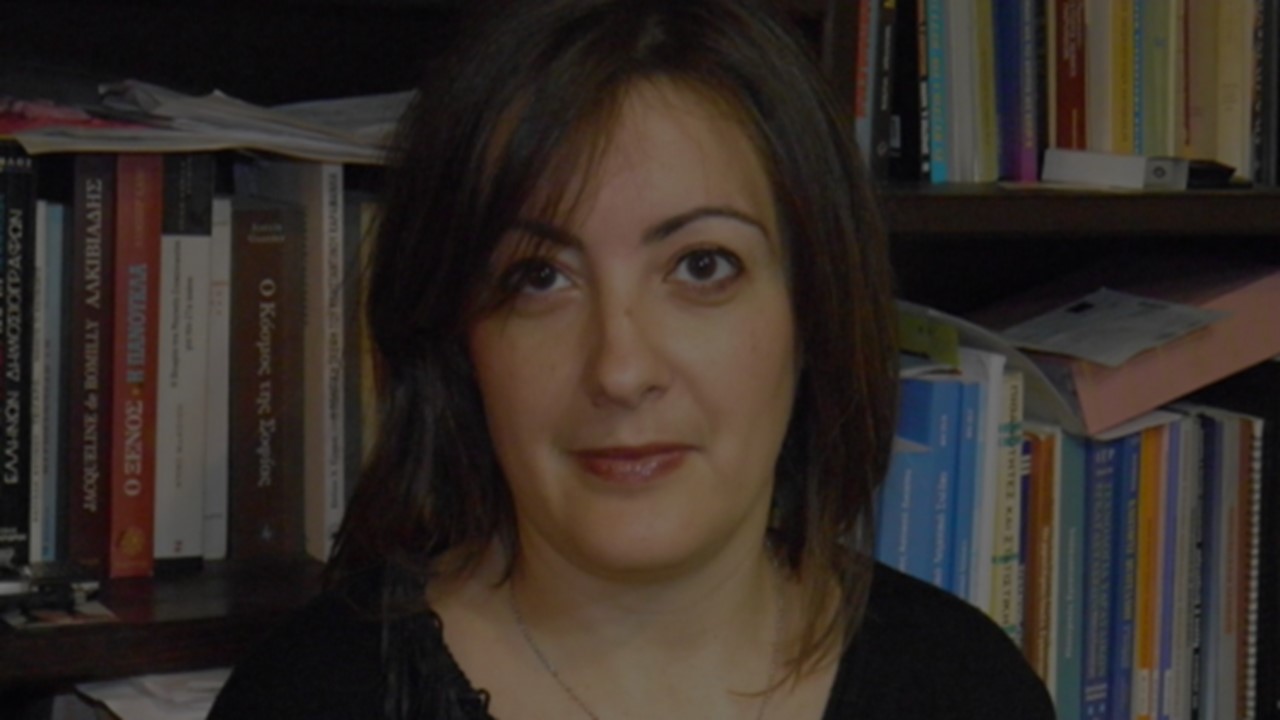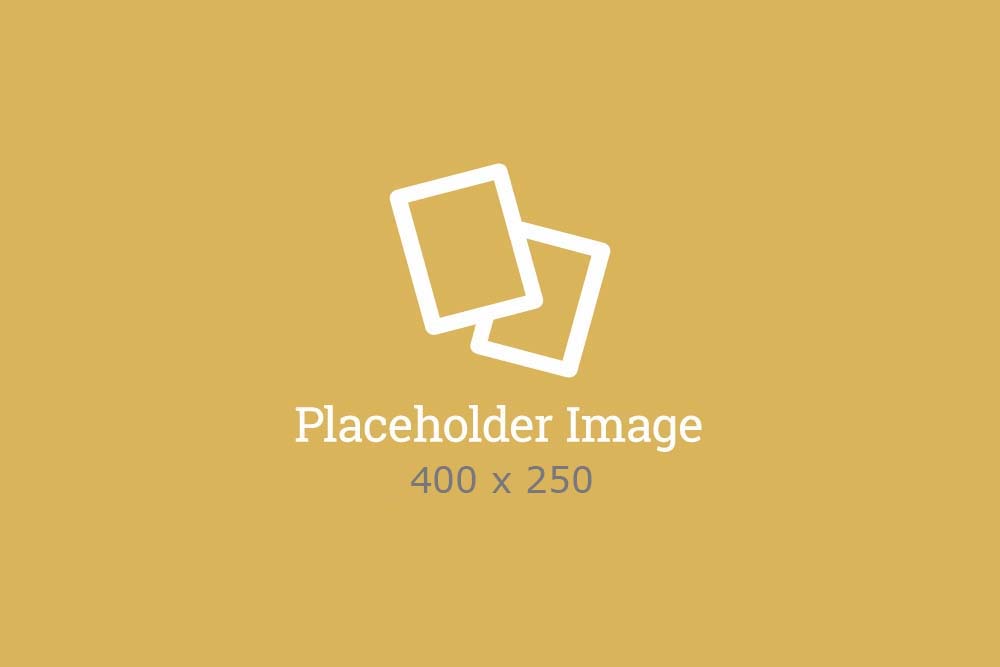The course material includes the:
- Technological development of a new food product by turning an innovative idea into a novel product.
- Student gains the knowledge of using a specific strategy to develop a product concept and to successfully introduce a novel food in the market.
- Several scientific fields’ knowledge and skills are interacted and applied, thus the student learns how to solve problems and to combine different information for a multidisciplinary task.

